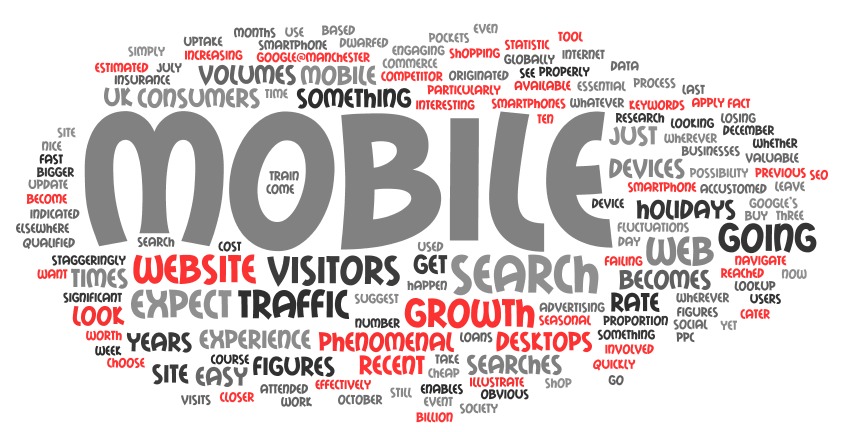One important mobile milestone in 2011 has been the launch of Google Wallet, which in partnership with Mastercard PayPass presents the first real entry into the world of NFC-based mobile payments – the technology that allows shoppers to “tap to pay” with their mobile phone, replacing the need for cash or cards with a fast new payment process.
In the US, Google Wallet is already accepted at many major retailers including Macy’s, Toys R Us, Bloomingdales and Walgreens. In the UK, Google Wallet may be launching before Summer 2012, possibly in time for the London Olympics.
All of the signs point to 2012 being the year of mobile payments. But which companies will control this hugely important new technology? If NFC-based mobile phone payments begin replacing a significant proportion of the millions of small cash and card transactions made each day around the world, the amount of money involved will be truly colossal. Wise to this, all of the most powerful mobile, internet and payments companies are now implementing strategies to become the major players in mobile payments.
The state of the industry is like a global game of chess with many pieces still on the board. Google has made the first daring move, but a number of powerful players are biding their time, watching and waiting. Very soon the real fight will begin.
In the US, a major threat to Google Wallet is ISIS, a joint venture between AT&T, Verizon and T-Mobile. While Google Wallet already has Mastercard on board, ISIS has crucial agreements in place with all four of the major card companies: Visa, Mastercard, Discover and American Express. Furthermore, the ISIS technology will operate in a different way to Google Wallet, passing control of your digital wallet (or electro-purse if you prefer) from your device to the SIM card stored inside. The ISIS system may not have its own payments app like Google Wallet, instead opting to embed its technology inside other trusted apps (most likely the official app for your bank). This alternative approach may see ISIS emerge almost from nowhere and suddenly become the standard in mobile payments.
Similar to the ISIS collaboration between the major US mobile operators, here in the UK the three biggest networks have also joined forces. Vodafone, O2 and Everything Everywhere are planning “Project Oscar”, a new venture with similar aims to ISIS that also presents a significant competitive threat to Google Wallet.
Visa, the leading credit card provider, is creating its own system, due for launch in 2012, as is PayPal. RIM, Telefónica, Carphone Warehouse and many other global companies are also making moves in this direction.
When Will Apple Enter the Mobile Payments Arena?
One company touted as a potential leader of mobile payments that has been silent on this issue thus far, is Apple. The NFC technology required to participate in the “tap to pay” game has been present in many of Nokia’s mobile phones for several years, and more recently the majority of new Android devices from Samsung, Google and HTC have also included NFC. Rumours have speculated that each of Apple’s last few iPhone releases would include NFC also, but interestingly Apple have decided not to enter the NFC arena just yet.
The momentum building behind NFC would suggest that Apple’s NFC-enabled iPhone is surely just around the corner. Whether Apple plans to compete with Google Wallet or work in harmony with ISIS and other operator-controlled ventures remains to be seen, but Apple has a few competitive advantages over Google Wallet. Most importantly Apple already has the credit card details of over 200 million users, which Steve Jobs claimed to be the biggest database of credit card details held by any internet company. iPhone users are much more comfortable purchasing apps than Android users, which is clearly demonstrated by the sales of apps on Apple’s App Store when compared with the Android Market, where developers have struggled to sell apps in the volumes achieved by the top apps on Apple’s App Store.
When Apple inevitably enters the NFC mobile payments game, they will bring with them millions of users that are probably more comfortable using this type of system than any other group of mobile phone users, and therefore the adoption of mobile payments on iPhone could be far faster than any of the competing mobile payments providers will be able to achieve. Reseach by Retrevo suggest that more users would trust Apple to provide a digital wallet than any of the credit card companies, mobile operators, or other internet companies, including Google.
Personally I’m looking forward to the day when my phone can be used to make rapid purchases in most shops, without the need for cash or chip-and-pin. When the lock on my front door is also NFC-enabled, the routine of picking up my keys, wallet and phone before leaving the house will be greatly simplified. However, with this efficiency and regained pocket space comes a dangerous consequence: lose your phone and you are well and truly screwed.




